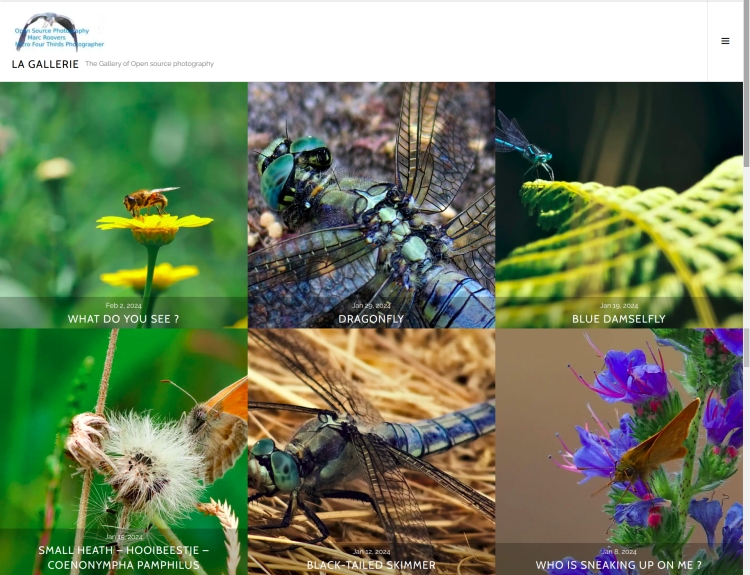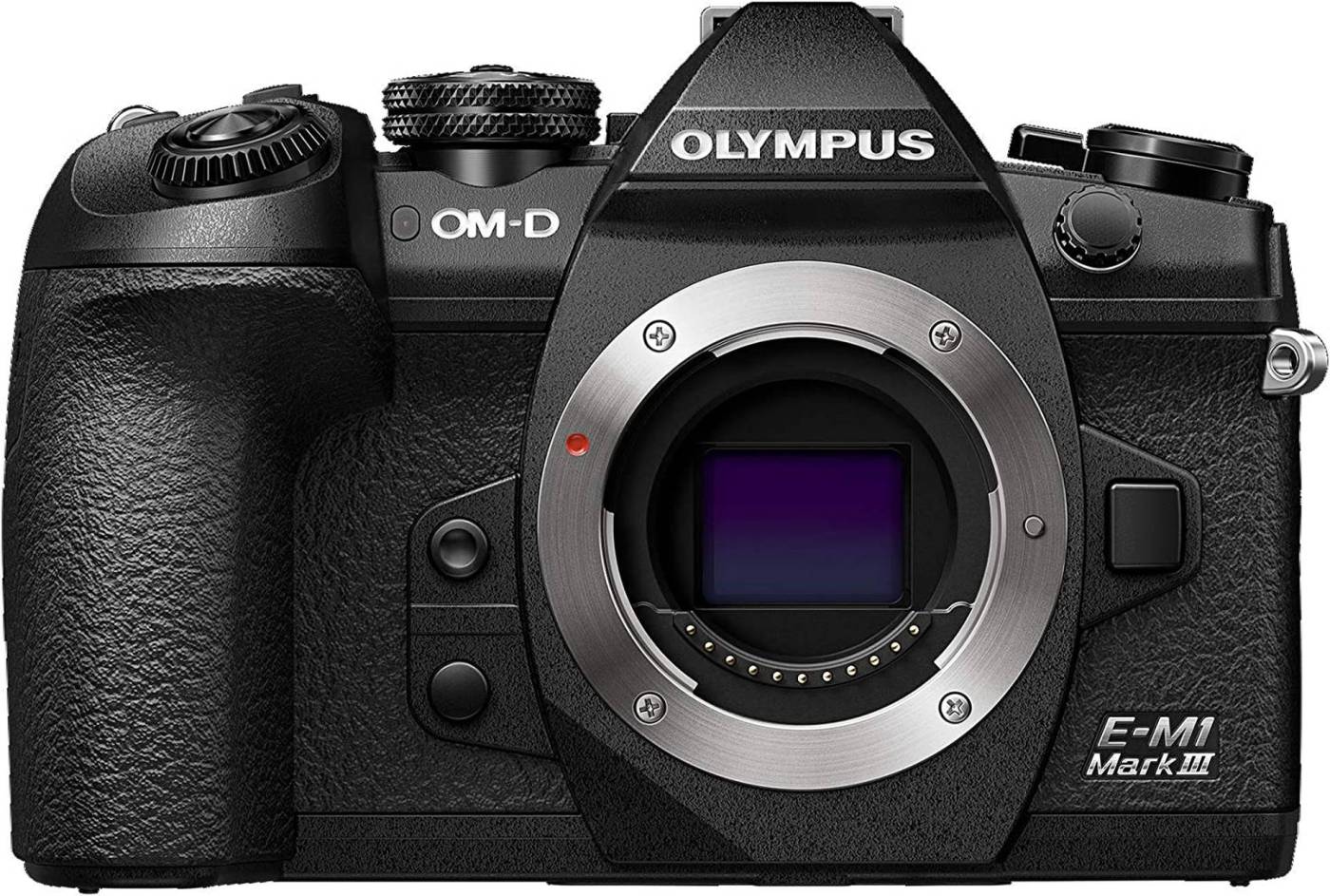Having originated from the era of 35mm film cameras in the late 60s and early 70s, my photography journey predominantly revolved around SLR-type cameras. Being a big fan of Pentax cameras, I even featured the famous phrase borrowed from George Clooney on my old website: Pentax, “what else ?” At that time, I was unaware of better options. However, despite my loyalty, I found myself dissatisfied with my photography. It mainly revolved around landscapes, architecture, and macro subjects. As a photographer, I craved more diversity and decided to take a leap forward.
I purchased a Sigma 150-500mm lens for my Pentax K-3, and started exploring bird and airplane photography. Nevertheless, the lens proved cumbersome and impractical to carry around due to its weight and size. It was not suitable for casual outings or bike rides. Moreover, the autofocus system was sluggish, and the built-in stabilization of the Pentax camera fell short when it came to these longer focal lengths.
Without abandoning Pentax altogether, I started trying and testing out other camera brands. Over a span of two years, I acquired several used cameras, primarily from Fujifilm and Olympus. The turning point arrived with the finding of an almost brand new second hand Fujifilm X-H1—a fantastic camera with impressive performance. I instantly acquired a collection of lenses, including the Fujifilm 18-135mm and 70-300mm, which produced stunning results surpassing the capabilities of my old Pentax. Convinced to have found the most suitable choice, I said goodbye to Pentax and embraced Fujifilm wholeheartedly.
Nonetheless, I owned an Olympus camera, the E-M10 Mark I, an incredibly compact camera equipped with built-in image stabilization. It opened up new possibilities for me to utilize old manual OM lenses, particularly the OM 300mm f4.5. To my surprise, this little 16MP wonder enabled me to capture sharp images from considerable distances with manual focus. The in-body image stabilization (IBIS) was impressive, the magnification capability astounding, and the camera itself was lightweight and extreme portable. This piqued my curiosity about what the Olympus system could achieve with its own lenses.
Curiosity led me to explore further with the E-M5 Mark II and a Panasonic 100-300mm lens, which delivered remarkable results. However, I remained limited by the camera’s 16MP resolution. The ultimate test came when I acquired a used E-M1 Mark II and a Leica 100-400mm lens. It was a defining moment that marked the end of my search and my departure from Fujifilm. Within a few months, I found myself exclusively working with Olympus cameras, fully satisfied with their capabilities.
At present, I possess multiple Olympus cameras, with the Olympus E-M1 Mark III serving as my primary camera. Alongside that, I (still !) own the E-M10 Mark I, E-M1 Mark I, E-M10 Mark III, E-M5 Mark III, and E-M1 Mark II. Furthermore, I have the Tough TG-3, Tough TG Tracker, and an E-PL7, accompanied by over fifteen m4/3 lenses.
I tried to keep the above story as short as possible because the search was not that simple, and there were many prejudices about the Olympus system. The most important one being the sensor size. Wasn’t the sensor of my Fujifilm X-H1 much better than the smaller sensor of the Olympus ? Wasn’t any sensor better than Olympus ? Therefore, I did my research to make sure that this was indeed the right choice.
The initial assumptions about the small sensor were untrue, as prejudices often are. However, various camera brands possess distinct advantages over one another, and different systems may better suit individual photographers. This is because as human beings, we have diverse preferences and choices. Otherwise, only one type of camera would exist.
What truly sets apart my experience is the combination of Stabilization, Magnification & Mobility. Still not convinced ? I never aimed to present irrefutable evidence, as such discussions tend to be futile. Instead, why not try it out for yourself ? Perhaps a friend owns an Olympus camera that you could borrow, or you could consider purchasing one second hand. Alternatively, you might find the OM System Test and Wow program intriguing.
If you do, I hope you have a great experience as I did !
credits and copyright header picture – Olympus.be

The photo gallery of Open Source Photography, Olympus micro 4/3 system, Vintage Lens Photograpy, Film Simulation, PictureFX, HDR – Photographer : Marc R.
Discover more from Open Source Photography
Subscribe to get the latest posts sent to your email.




Hi Marc,
Thanks again for this post which is relating to your long experience with the Olympus (can we say OM System now ;-))line of beautiful products. And I agree with you with the statement that the stabilization expertise from Olympus stays unequaled even today. We can say the same about most of their M.Zuiko optics as it was already during the analog days.
Last March, during my nice month stay in Guadeloupe, my Olympus OM-D E-M10 Mark III (a friend gift) was my only camera (w/14-42mm & 40-150mm zoom lenses) and I have fully appreciated its compactness (https://photodanielm.blogspot.com/search/label/Guadeloupe) and its none-intrusive factor which is a bless when you are travelling or doing urban photography.
I must add to be fair, that I have also very good travel photo memories with Fujifilm camera models such as the X-T20, X-E3 & X-S10 especially when they are combined with the stellar XF 18-55mm OIS zoom lens).
You are right saying that smaller sensor sizes should not be seen as a definitive factor for the quality of the recorded pictures but commercial and fan-based pressure can be difficult to avoid in our present times. Sharing our own pictures may be the best remedy to this.
Good day to you!
LikeLiked by 1 person
Thank you Daniel ! I also had the X-T20, beautiful and great camera, only I missed the image stabilization. Have a nice evening !
LikeLiked by 1 person
A great post Marc.
As you know, I also use Olympus, mostly as a secondary system. They are very good cameras, and a lot of my photography friends use them. For us over here in the UK, they are relatively cheap, and lenses are affordable. I love the images my E-EPL8 produces, I truly do.
I don’t think I could live with micro four thirds as a main system for quite a few reasons, but I can see why so many people enjoy using them!
Keep up the good work.
LikeLiked by 1 person
Thank you Mark!
Yes, we all differ in choices,
and we have to choose what suits us best.
Have a nice and sunny day !
LikeLiked by 1 person
Well considered post Marc, while considering my camera options moving forward a few years ago – I was solely focused on Full Frame (leaning heavily toward Sony), then after trying a mates EM1 II for a day, my mind was immediately opened and changed forever! Small, light, rugged, practically waterproof and sharp as a tack. I recently had a 2 meter life-size banner printed for a client using the OM-1, I was a little nervous but the resulting quality was fantastic! Unless you’re printing billboards, the OM System is more than enough for most.
Happy shooting.
LikeLiked by 1 person
I think many people underestimate the m4/3 system,
maybe I did in the beginning too.
But as with you, it was the EM1 II that convinced me, I even think I bought it on your recommendation.
Now I wouldn’t want anything else.
Thanks and take care Tone !
LikeLike